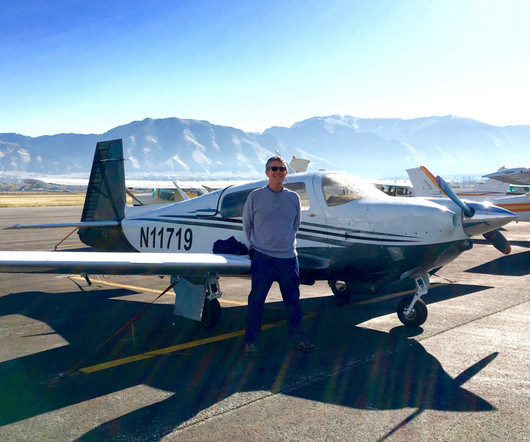RNAV Approaches Simplified: A Guide for New Pilots
Pilot Institute
FEBRUARY 15, 2025
Theyre pretty much the same thing, but heres the difference: DH is measured above the ground (AGL). LPV is the most accurate RNAV approach and can get you as low as 200 feet above the ground (AGL), just like an ILS Category I approach. On approach charts, youll usually see both the decision height (DH) and the decision altitude (DA).












Let's personalize your content